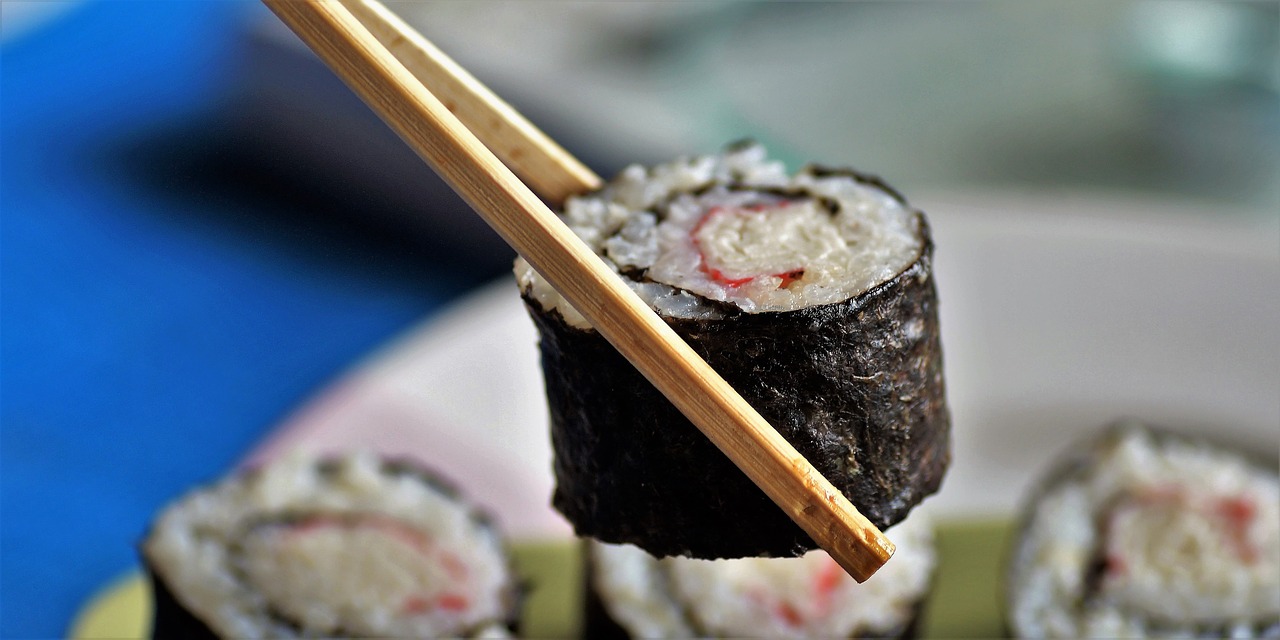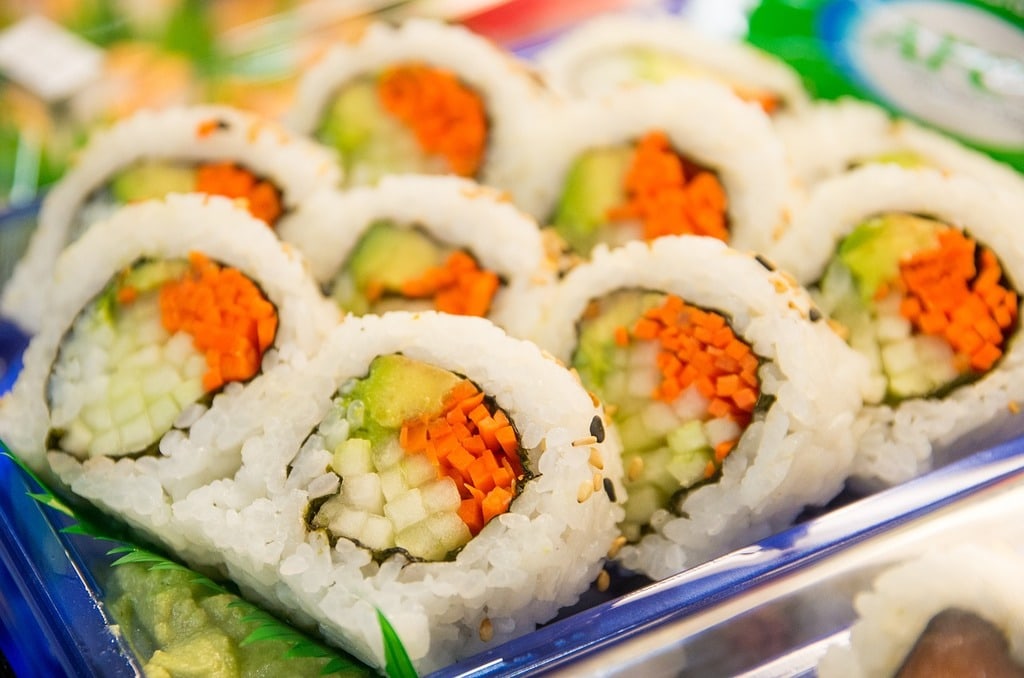Japan is a country that offers travelers a unique blend of ancient traditions and modernity, providing a wealth of cultural experiences that immerse visitors in its rich heritage. Whether it’s taking part in traditional tea ceremonies or wandering through centuries-old temples, Japan’s diverse offerings ensure that every visitor leaves with unforgettable memories. This article delves into some of the most immersive cultural experiences in Japan, showcasing the best ways to truly connect with the country’s history and customs.
Discover authentic Japanese traditions through immersive experiences
For those looking to delve deep into the heart of Japanese culture, there are countless ways to engage with local customs. One of the most quintessential activities is the Japanese tea ceremony, also known as *chanoyu* or *sado*. This ritualistic event goes beyond simply drinking tea; it’s a refined art form that encompasses etiquette, aesthetics, and mindfulness. Participating in a tea ceremony allows visitors to witness the harmonious blend of nature and culture, where every movement is carefully choreographed.
Another way to connect with Japan’s rich heritage is through traditional performing arts like *kabuki* or *noh*. These theatrical performances, dating back hundreds of years, are a captivating showcase of elaborate costumes, stylized movements, and dramatic narratives that reflect the complexities of Japanese society. Attending a show in one of Tokyo’s or Kyoto’s historic theaters provides a window into the country’s artistic soul.

Engage with local crafts and culinary arts
Japan’s dedication to preserving its craft heritage is evident in various artisan workshops scattered throughout the country. From delicate ceramics in Mashiko to intricate lacquerware in Wajima, visiting these workshops allows travelers to appreciate the painstaking efforts behind each creation. Many studios also offer short courses where visitors can try their hand at pottery, indigo dyeing, or making their own *wagashi* (traditional Japanese sweets).
The culinary landscape is another avenue to experience Japan’s culture up close. Beyond sampling *sushi* or *ramen*, there are opportunities to join cooking classes and learn the subtleties of Japanese cuisine. By understanding the philosophy behind each dish, such as the focus on seasonality and the balance of flavors, visitors gain a deeper appreciation of the thought and care that go into Japanese cooking.
Explore traditional towns and stay in a ryokan
To experience the charm of Japan’s historical past, visiting traditional towns like Takayama or Kanazawa is a must. These towns are home to well-preserved Edo-period architecture, quaint streets, and vibrant local markets. Wandering through these areas feels like stepping back in time, offering a glimpse of a bygone era. Engaging with the local community, browsing artisanal shops, or savoring regional specialties enhances the cultural immersion.
Staying in a ryokan, a traditional Japanese inn, is one of the most intimate ways to experience Japanese hospitality, or *omotenashi*. Ryokans often feature tatami-matted rooms, sliding shoji doors, and communal baths known as *onsen*. Guests are treated to meticulously prepared multi-course meals called *kaiseki*, showcasing the artistry of Japanese cuisine. This type of accommodation allows visitors to embrace the slower, reflective pace of life that is central to Japanese culture.
Embrace the spiritual side of Japan
Japan’s spiritual heritage is woven into its landscapes, with thousands of shrines and temples spread across the country. From the serene Buddhist temples of Kyoto to the sacred Shinto shrines of Ise, these spiritual sites offer more than just beautiful architecture. They provide a space for contemplation and a deeper understanding of Japan’s philosophies.
Engaging with these places can include practices like zazen meditation or participating in temple stays, known as *shukubo*. At these retreats, visitors can join monks in their daily routines, partake in morning prayers, and enjoy vegetarian *shojin ryori* meals. These experiences foster a profound sense of tranquility and insight into the spiritual life of Japan.
Special highlights for an unforgettable cultural journey
There are countless ways to immerse yourself in Japanese culture, and each region of the country offers its own unique experiences. Consider adding the following highlights to your travel itinerary for a truly unforgettable cultural journey :
- Participating in a traditional tea ceremony in Kyoto’s Gion district.
- Attending a sumo match or training session to witness Japan’s iconic sport.
- Experiencing a *hanami* (cherry blossom viewing) in spring or a *koyo* (autumn leaves viewing) in fall.
- Taking part in a local festival, such as the Gion Matsuri or Awa Odori, where traditional music and dance fill the streets.
- Trying your hand at making *origami* or learning the art of Japanese calligraphy.
By exploring these unique activities, visitors can go beyond being mere spectators and become active participants in Japan’s living traditions. Each interaction adds depth to the understanding of this fascinating country, making every moment more meaningful.
Creating meaningful memories through cultural immersion
Japan’s vibrant culture is best understood through direct engagement with its people and traditions. Whether it’s sitting down to a tea ceremony, strolling through historical towns, or participating in a festival, these experiences foster a deeper connection and appreciation for Japan’s multifaceted identity. Each region, town, and city has its own story to tell, shaped by centuries of history and a steadfast commitment to preserving its heritage. By seeking out these authentic experiences, visitors not only enrich their journey but also support the continuation of these timeless traditions for future generations.
